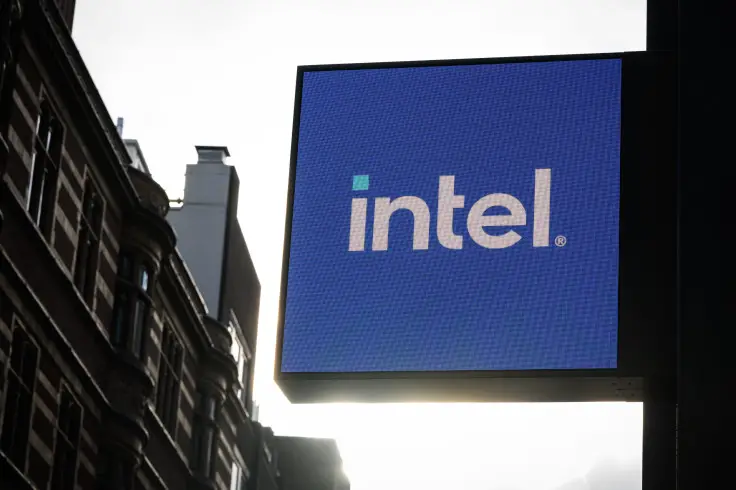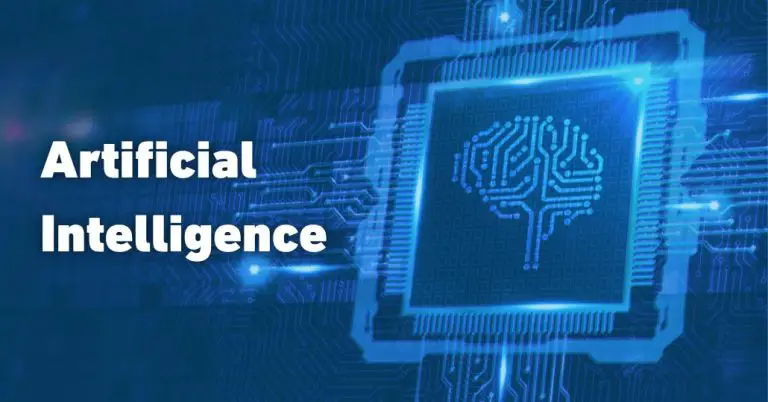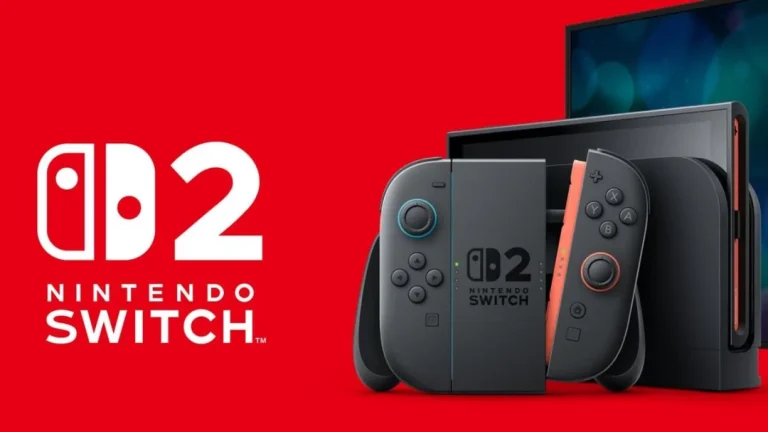
Intel has reportedly plans to terminate over 21,000 employees, about 20% of its workforce in a huge restructuring move under new CEO Lip-Bu Tan. This decision follows a previous reduction of 15,000 jobs in August 2024, part of a $10 billion cost-cutting initiative aimed at addressing high expenses and declining margins in Intel’s core PC and data center units.
Why the Layoffs?
Intel has faced considerable challenges in recent years. It also includes a 67% decline in stock value over the past five years and a $19 billion loss in 2024, the company’s first annual loss since 1986. The company has also struggled to keep pace with competitors like NVIDIA in the rapidly growing AI chip market.
Tan’s strategy involves streamlining operations by decreasing what he describes as a “bloated and slow middle management layer.” He aims to improve a more agile, engineering-focused culture to accelerate decision-making and innovation.
Related articles you may find interesting
Strategic Shifts
Beyond workforce reductions, Tan is overhauling Intel’s manufacturing and AI operations. He plans to revamp Intel’s AI strategy and chip manufacturing methods. This includes restructuring Intel’s artificial intelligence strategy and chip manufacturing methods. Tan’s leadership marks a great change in Intel’s approach, focusing on revitalizing its engineering-driven culture and streamlining management to rebuild the company’s competitive edge.
Looking Ahead
Intel is scheduled to report its first-quarter financial results on Thursday, which will provide further insight into the company’s performance and the impact of Tan’s strategic initiatives. As the terminations are a big move, they are part of a broader effort to reposition Intel in the competitive semiconductor industry, particularly in the AI sector where the company aims to regain its footing.
Tan’s decisive actions reflect a commitment to addressing Intel’s challenges head-on, with a focus on long-term growth and innovation. As the company navigates this transition, the industry will be watching closely to see how these changes influence Intel’s trajectory in the evolving tech landscape.





